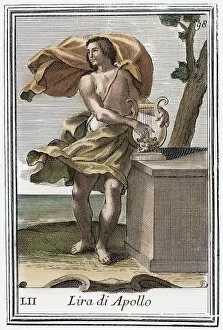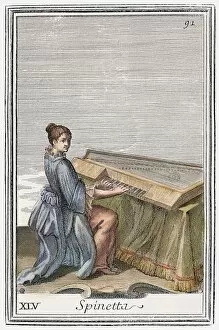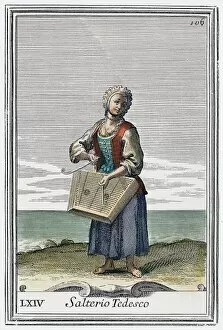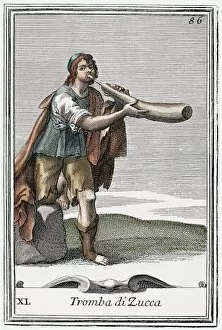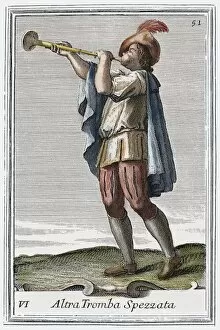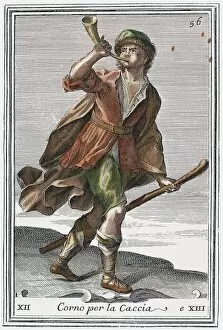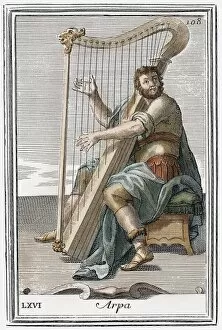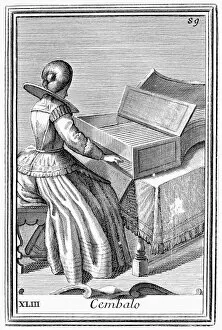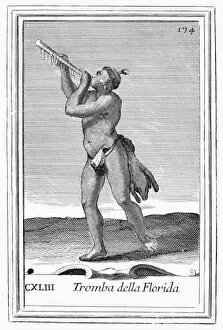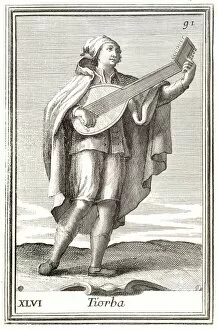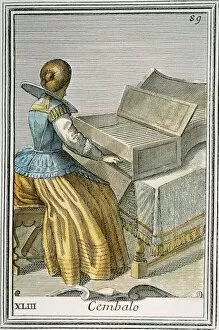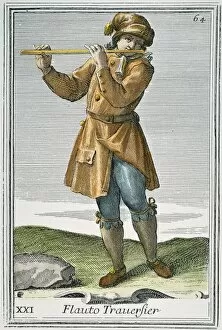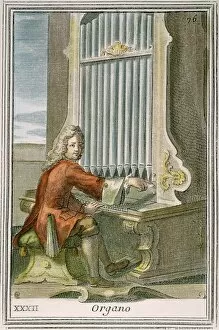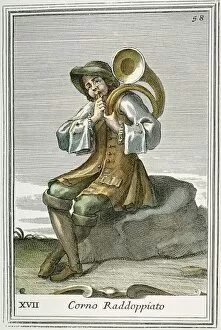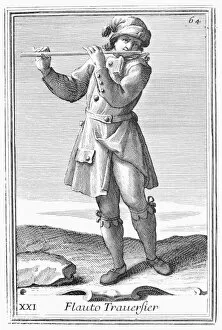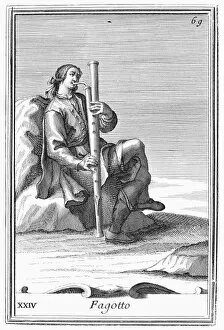Westerhout Collection (page 2)
"Westerhout: A Journey through Time and Art" Step into the world of Westerhout, a name that resonates with creativity and innovation
All Professionally Made to Order for Quick Shipping
"Westerhout: A Journey through Time and Art" Step into the world of Westerhout, a name that resonates with creativity and innovation. This captivating double-bass viol, crafted in 1723, showcases the mastery of Arnold van Westerhout. Its melodic tones transport you to an era where music was revered. But Westerhout's talents didn't stop at musical instruments. Behold his imaginative voice amplifier, inspired by Athanasius Kircher's ideas. The copper engraving from 1723 brings this invention to life, showcasing Westerhout's ability to blend artistry with scientific curiosity. As we delve deeper into the realm of Westerhout, we encounter a plethora of artistic wonders. The titleplate featuring prints after Poloidoro captivates us with its intricate details supported by two cherubic putti. The scenes depicted are equally enthralling - Achilles dragging Hector around Troy's walls in a display of power and vengeance; Robert van Audenaerde's masterpieces portraying the Flight into Egypt and the Marriage of the Virgin; Saint Andrew humbly kneeling in prayer as he is led towards his crucifixion; Saint Paul passionately preaching amidst an enraptured crowd within a grand interior. Westerhout doesn't shy away from exploring darker themes either. Witness Cato's tragic suicide on his bed as he pulls out his innards while being observed intently. Yet amidst these profound moments lies sweetness and delicacy - Trionfi sugar sculptures capturing Vulcan and Neptune engaging in lively accounts; personifications of virtues brought to life through sugary creations; Cybele Juno Raggvaglio della standing tall as testament to Westerhout's versatility. Arnold van Westerhout leaves behind a legacy that transcends time - from enchanting melodies echoing through his double-bass viol to thought-provoking engravings that ignite the imagination.

